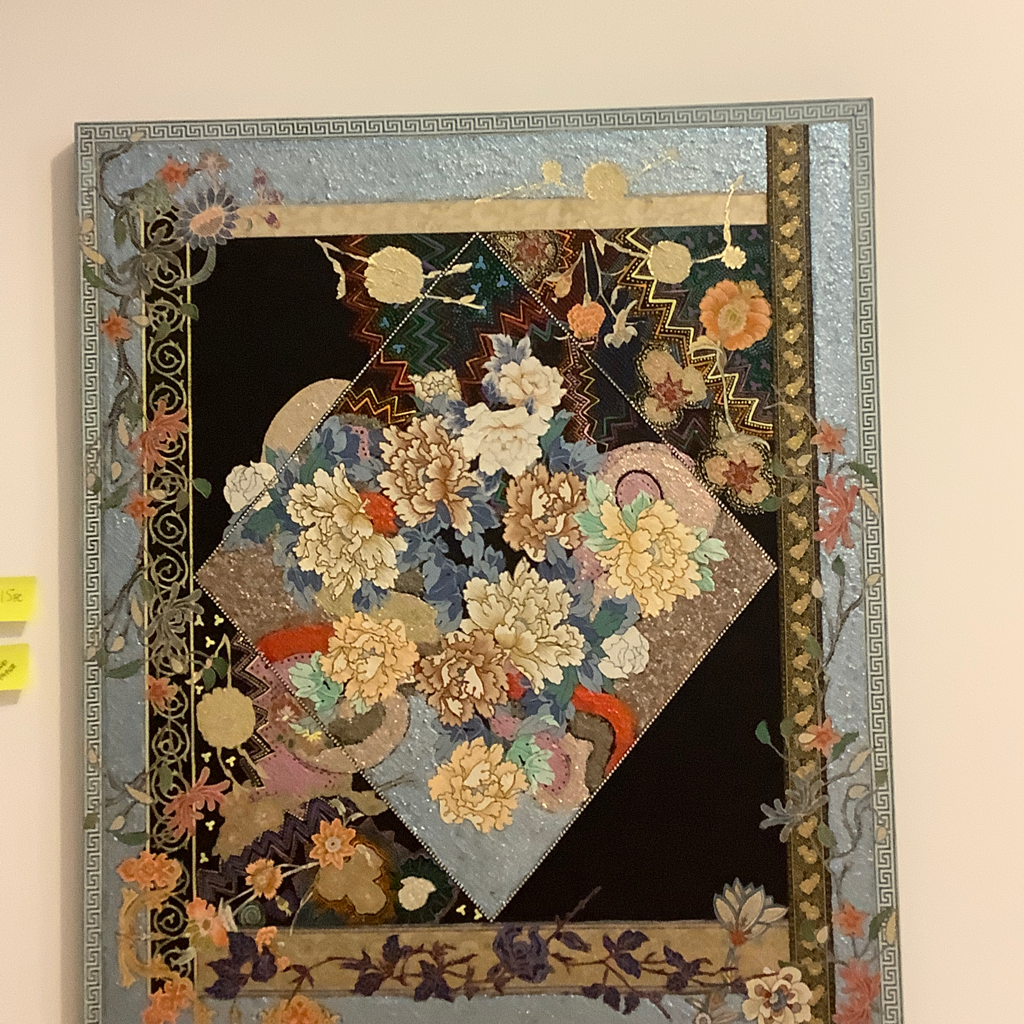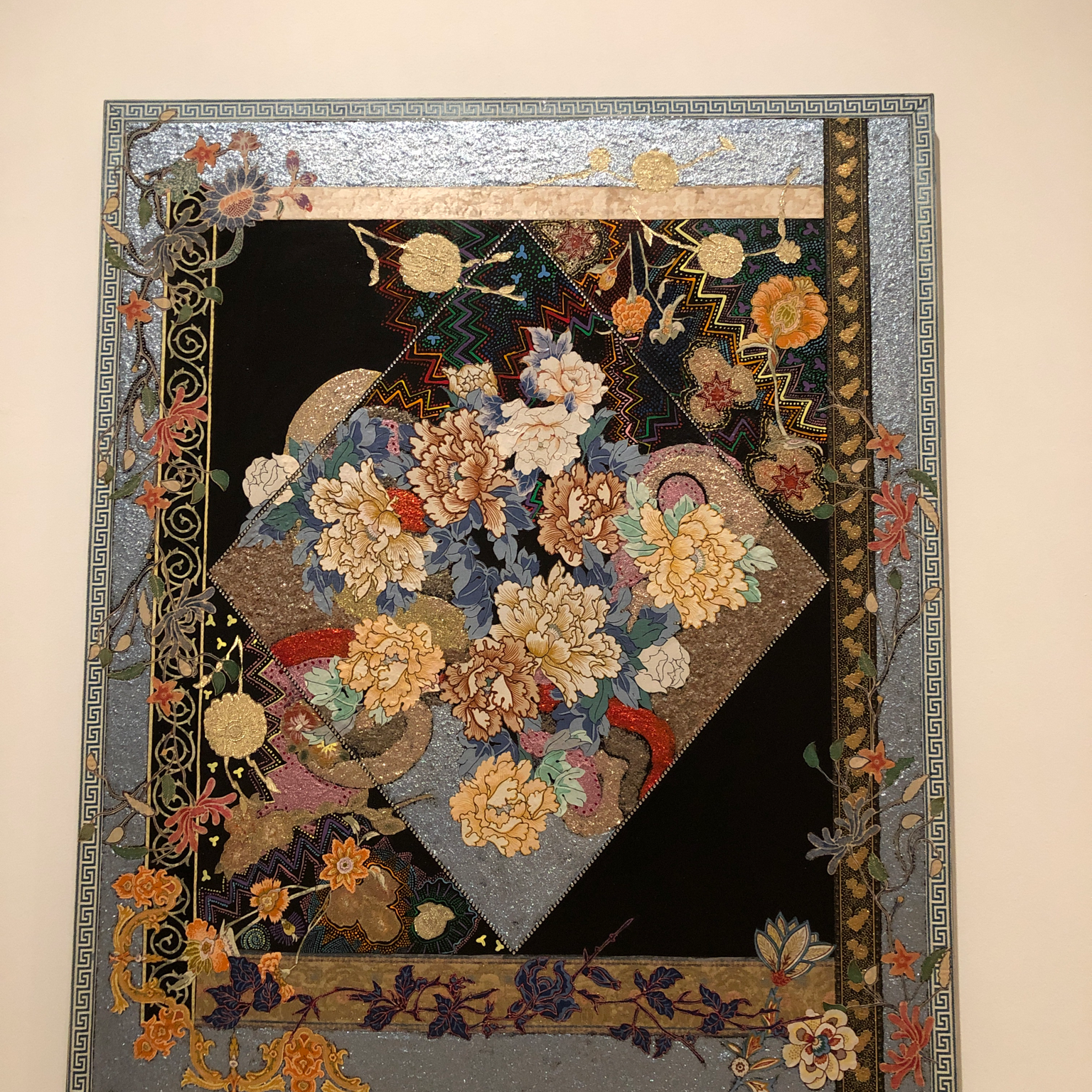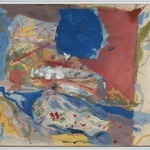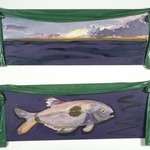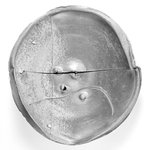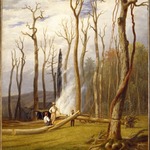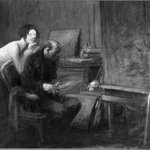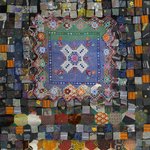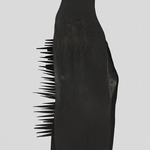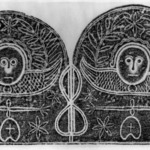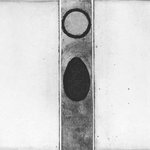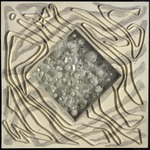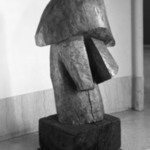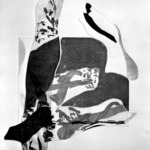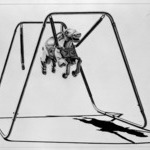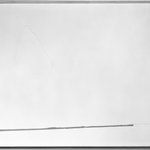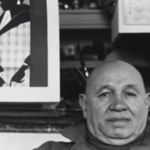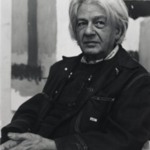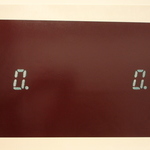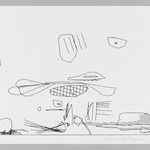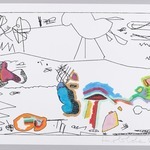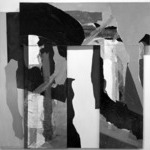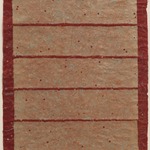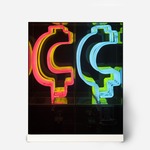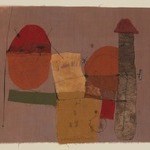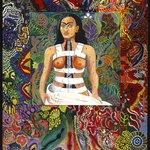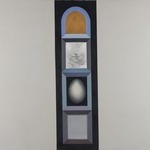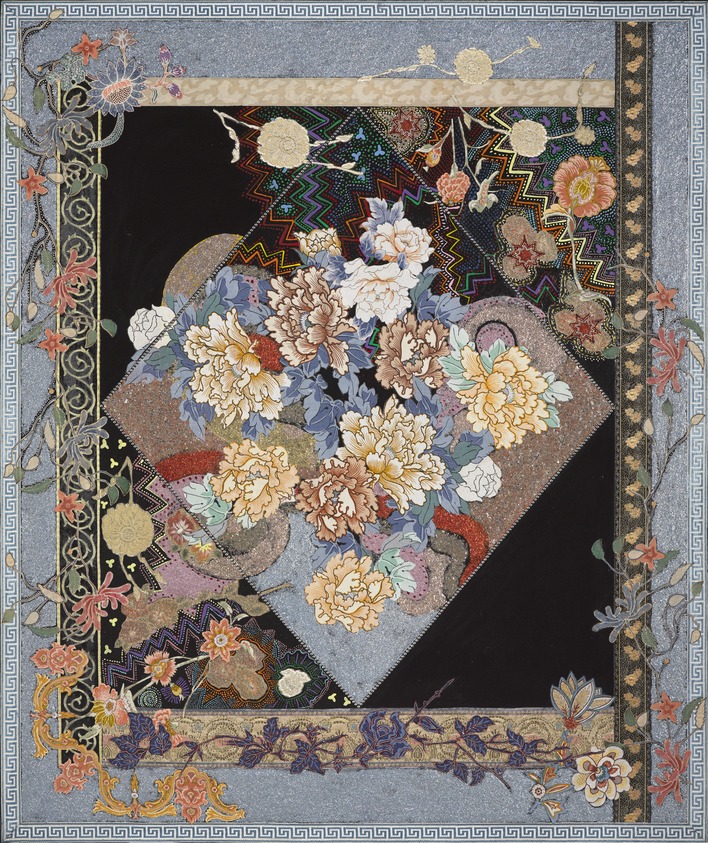
This image is presented as a "thumbnail" because it is protected by copyright. The Brooklyn Museum respects the rights of artists who retain the copyright to their work.
Tapestry of Paradise
Miriam Schapiro
Elizabeth A. Sackler Center for Feminist Art
A trailblazing feminist artist, Miriam Schapiro established the Feminist Art Program at the California Institute of the Arts in 1971 with Judy Chicago; founded the Pattern and Decoration movement in 1976; and wrote, with Melissa Meyer, the influential text “Waste Not, Want Not: An Inquiry into What Women Saved and Assembled—Femmage,” published in Heresies in 1977. Setting out to remedy the lack of visibility for women artists, Schapiro posited that femmage—decorative and domestic elements traditionally considered “women’s work,” most often excluded from museums and found in vernacular, everyday environments—had great potential for subversion and aesthetic influence. Schapiro’s visually dense and diverse Tapestry of Paradise shows the application of femmage as artistic expression: accumulative and writ large against art history’s diminished view of women artists’ achievements.
MEDIUM
Acrylic and collage on canvas
DATES
1980
DIMENSIONS
60 1/8 × 50 1/16 × 2 in. (152.7 × 127.2 × 5.1 cm) (show scale)



COLLECTIONS
Elizabeth A. Sackler Center for Feminist Art
ACCESSION NUMBER
2017.16
CREDIT LINE
Gift of Robert Sugar
EXHIBITIONS
MUSEUM LOCATION
This item is not on view
CAPTION
Miriam Schapiro (American, 1923–2015). Tapestry of Paradise, 1980. Acrylic and collage on canvas, 60 1/8 × 50 1/16 × 2 in. (152.7 × 127.2 × 5.1 cm). Brooklyn Museum, Gift of Robert Sugar, 2017.16. © artist or artist's estate (Photo: , 2017.16_PS9.jpg)
IMAGE
overall, 2017.16_PS9.jpg., 2017
"CUR" at the beginning of an image file name means that the image was created by a curatorial staff member. These study images may be digital point-and-shoot photographs, when we don\'t yet have high-quality studio photography, or they may be scans of older negatives, slides, or photographic prints, providing historical documentation of the object.
RIGHTS STATEMENT
© artist or artist's estate
Copyright for this work may be controlled by the artist, the artist's estate, or other rights holders. A more detailed analysis of its rights history may, however, place it in the public domain.
The Museum does not warrant that the use of this work will not infringe on the rights of third parties. It is your responsibility to determine and satisfy copyright or other use restrictions before copying, transmitting, or making other use of protected items beyond that allowed by "fair use," as such term is understood under the United States Copyright Act.
For further information about copyright, we recommend resources at the United States Library of Congress, Cornell University, Copyright and Cultural Institutions: Guidelines for U.S. Libraries, Archives, and Museums, and Copyright Watch.
For more information about the Museum's rights project, including how rights types are assigned, please see our blog posts on copyright.
If you have any information regarding this work and rights to it, please contact copyright@brooklynmuseum.org.
RECORD COMPLETENESS
Not every record you will find here is complete. More information is available for some works than for others, and some entries have been updated more recently. Records are frequently reviewed and revised, and we welcome any additional information you might have.


